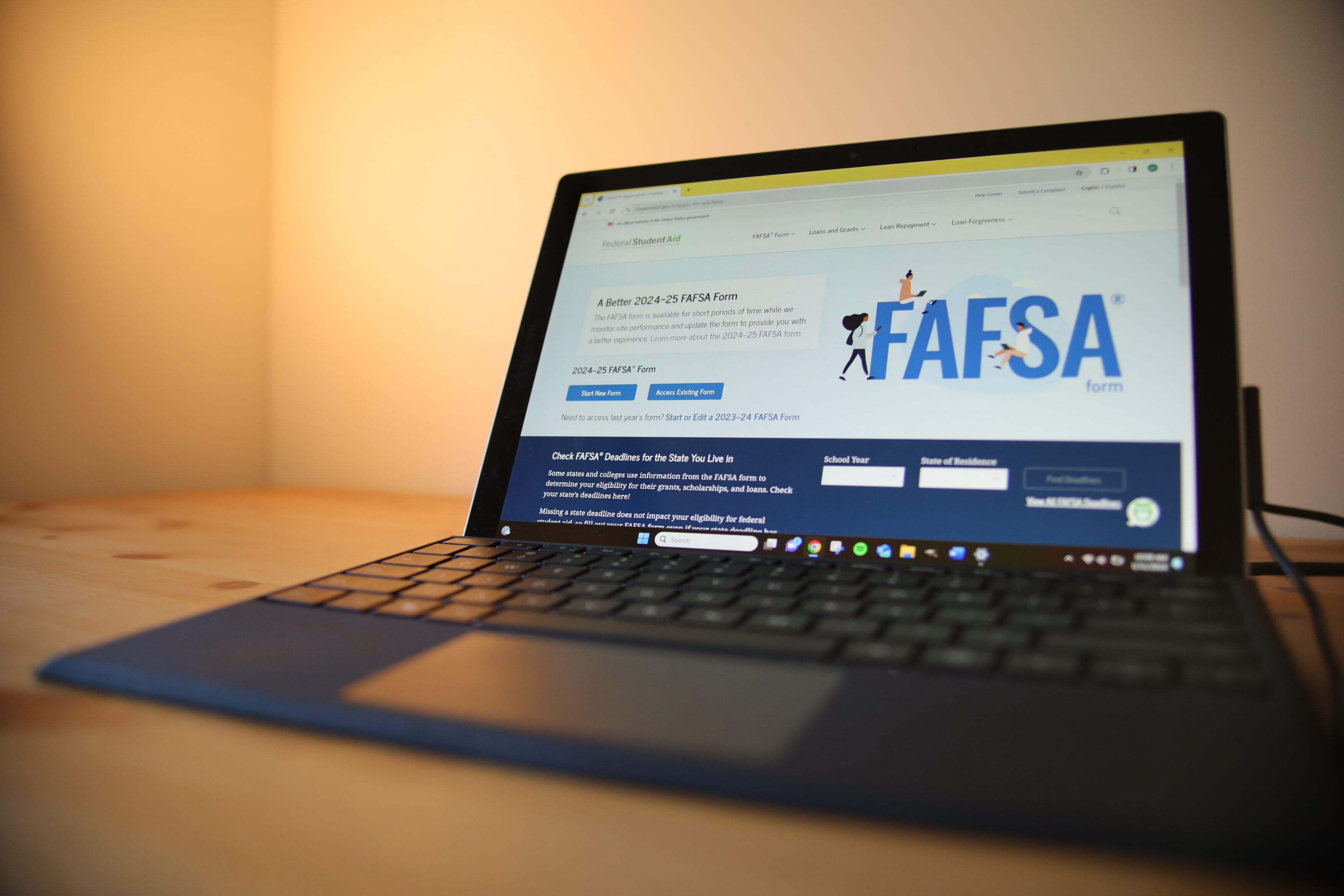
After an almost three-month delay, that time of the year has finally come. Around the country, students are getting ready to sit down with their families to talk about financial aid and fill out their Free Application for Federal Student Aid or FAFSA.
The FAFSA is an online application that students in the U.S. use to apply for federal student aid. The form determines a student’s eligibility for grants, loans and scholarships to help pay for college.
In previous years, students could fill out the FAFSA during the first week of October. This year, however, the release was delayed to make way for a new simplified version predicted to be available in early December. That release date ended up being delayed by almost a month, becoming available on January 3rd.
The form and all its changes are now available for students to complete and submit. The official deadline to submit the form for the 2024-2025 school year is June 30th, with corrections being able to be made until September 14th, 2025. Students are encouraged by the Office of Education and the state of Georgia to submit their FAFSAs as soon as possible.
The most notable change in the new FAFSA is the decrease in questions. The overall number of questions has decreased from approximately 108 to just 36. The updated version excludes two “roadblock questions” that played crucial roles in determining eligibility for federal aid. The FAFSA will no longer ask students to register for Selective Services or if a student has had any prior drug-related convictions.
The term “contributor” is another new addition introduced in this year’s FAFSA. A contributor refers to anyone providing information on a student’s FAFSA form. Contributors are determined by a student’s dependency, tax filing and marital status. Contributors can be a student, parent or spouse. Applicants and their contributors must have their own StudentAid.gov accounts to complete the FAFSA.
There is also a new process for submitting information needed for the FAFSA. This year, federal tax information will be transferred directly from the IRS into the form. Contributors will have to grant consent to this transfer when applying online. If students do not receive consent, they will be ineligible for student aid.
When it comes to how student financial aid is calculated and awarded, two big changes are being made. Firstly, the Estimated Family Contribution is replaced by a new variable, the Student Aid Index. The SAI is similar to the EFC and is used to gauge someone’s need for financial aid compared to other students. This change is more than a simple rebranding, however. The SAI uses a different formula for its calculation and could potentially affect the amount of aid students receive.
The second and largest change to how financial aid is calculated is the exclusion of the “sibling discount.” In the past, FAFSA determined aid eligibility by dividing the EFC among household members in college. With the removal of the EFC, this “sibling discount” no longer plays a role in calculating financial aid amounts.
This change marks a significant change in aid eligibility for some. Under the new SAI, students with siblings in college will potentially have changes in their aid eligibility and the aid received by their siblings.With these new updates to the FAFSA, students must prepare for potential changes to their financial aid. While some students will receive more aid through these new SAI calculations, others may receive less. The sooner students complete their FAFSA, the earlier they’ll know the amount of their financial aid amount. More information on these changes can be found on the Student Financial Management Center’s website. https://sfs.gsu.edu/fafsa-tips/.
